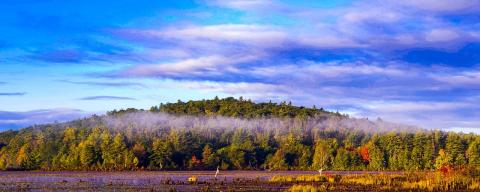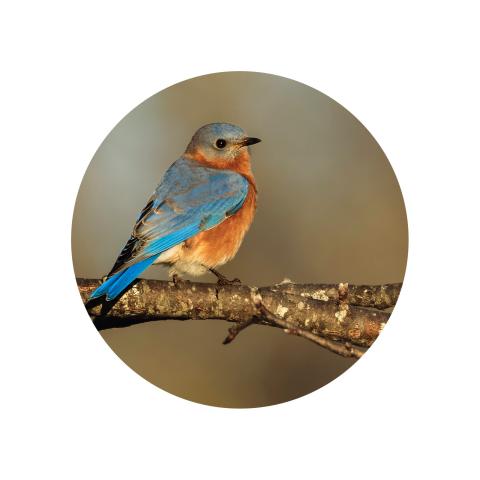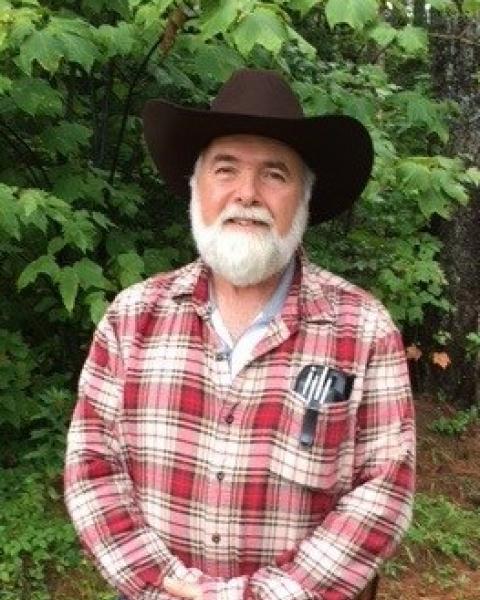Changing Season & Conditions
Happy November everyone! Now that we are well into our fall season, and the weather has turned a bit cooler, our thoughts turn to heating for the upcoming season and preparing for the holidays. With the changing seasons come changes in vegetation and ground conditions.
We all know and have experienced just how exceptional the amount of water has been this year. It seems like the spring rains haven’t really stopped and have simply transitioned into the fall rains. Although it has been an especially wet year, we still notice changes in the amount of groundwater present and the feel of the ground beneath our feet. Typically, as the snow melts and frost comes out of the ground in the spring, things feel soft and wet. Then, as the temps warm a bit and the leaves come out on the trees and shrubs, things seem to dry and stiffen up a bit. As autumn approaches, the leaves fall from the trees, temps begin to cool down, the ground begins to feel soft and wetter again.
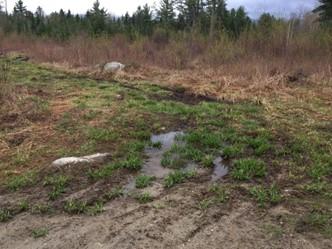
Before the leaves start ‘popping’ on the trees, and the frost has just come out of the ground, conditions are soft and wet in our yards, forests, trails, and woods roads.
Although the amount of rainfall absolutely plays a role in this, even the changing temperatures have a small part to play, the bigger contributor to these changes are the trees. As I believe we all know from our science classes in school, trees take up water and nutrients through their roots. They also use the energy from the sun and carbon dioxide from the air, taken in through the leaves through the process of photosynthesis to produce the energy that fuels the tree’s growth. This is when the ‘pumps turn on’ and start ‘drinking’ the water in the ground. This starts to dry the ground surface and harden our roads and trails.
This also signifies our greatest exposure for wildfire here in the northeast. The top levels of the ground, including the leaves, twigs, and grasses, are now significantly drying out and become tinder for a wildfire. With the occurrence of the warmer spring breezes, we now have all the ingredients we need to turn a lightening strike, or carelessly extinguished campfire, into a quickly expanding brush fire. Although these fires are nothing like those we see and hear about in the western part of North America, they do have the potential to expand into those we see in northern Quebec and Nova Scotia. Once the spring rains arrive and the grasses and herbaceous plants take hold, this exposure is greatly reduced.
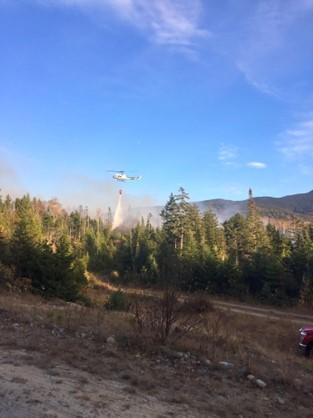
This is a scene of an actual spring fire here in northern New England. The grasses and small underbrush became extremely dry and a carelessly extinguished campfire got away and spread quickly. With quick response and equipment, the fire was under control before it caused major damage to this young forest.
Once the leaves have finished their job for the season and cooler temperatures return, they change colors and fall from the tree. This begins the process of the ‘pumps shutting off’ until next spring. Since there are no longer trees drinking water, the ground begins to get soft and wet again in preparation for the frost to begin to set in and the ground to freeze.
Once the leaves fall, the ‘pumps’ shut off and the ground begins to feel soft and wet again, until things start to freeze for the winter season.

Trees play an important role in our lives, from cleaning the air and water, providing shade and habitat for our wildlife, giving us places to recreate, helping to heat our homes, and even helping to control the amount of water we have in our yards and on our roads. Remember to contact your County Forester for information about your forests and assistance with managing them to meet all your goals.
Have a question about your woods? Contact your Extension County Forester today!
Do you love learning about stuff like this? Subscribe to the NH Woods & Wildlife Newsletter.
A quarterly newsletter providing private woodlot owners in New Hampshire with woodlot management news, pest updates, resources, and more.
